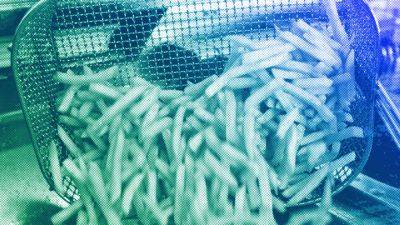These are the top 5 sources of microplastics in your home: Here's how to avoid them
Microplastics have spread so widely that they're difficult to track.
These tiny particles originate from larger plastics breaking down and are linked to heart attacks, fertility issues and cancer. Recent research also suggests they might lower sperm count.
According to a 2019 Canadian study, humans consume up to 52,000 microplastic particles per year.
Last month, interest in microplastics surged, with searches reaching a record-high Google Trends score of 100, according to German environmental organisation CleanHub.
A study from the University of New Mexico sparked global interest, with many seeking information on how microplastics enter the body and ways to reduce or remove them.
While these particles are pervasive in the environment, there are numerous sources contributing to their presence and alternatives to help avoid them - starting in your kitchen.
Chopping boards alone could expose humans to up to 79.4 million polypropylene microplastics - a type of plastic polymer - each year according to a study by the American Chemical Society (ACS).
This means that using a plastic chopping board could potentially increase the transfer of microplastics to food.
Tempered glass chopping boards are an affordable alternative that is easy to clean and typically free of microplastics.
Some brands also offer plastic-free chopping boards made from durable paper fibres.
Plastic products labelled as 'microwave safe' can release significant amounts of microplastics into food when heated.
A 2023 study by researchers at the University of Nebraska–Lincoln found up to 4 million microplastics per square centimetre in certain 'microwave safe' plastic-packaged baby foods.
Under the microscope, these particles were found to kill up to 75 per cent of








